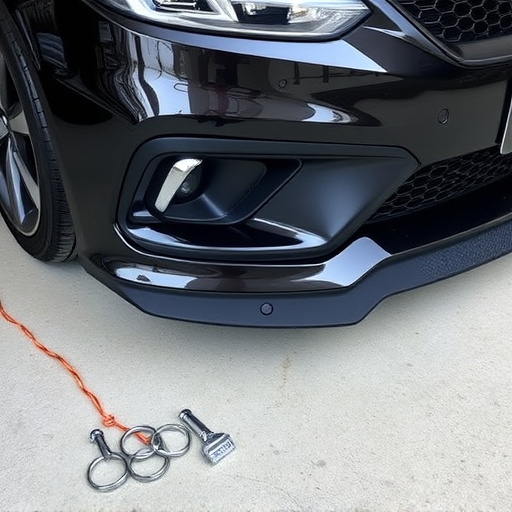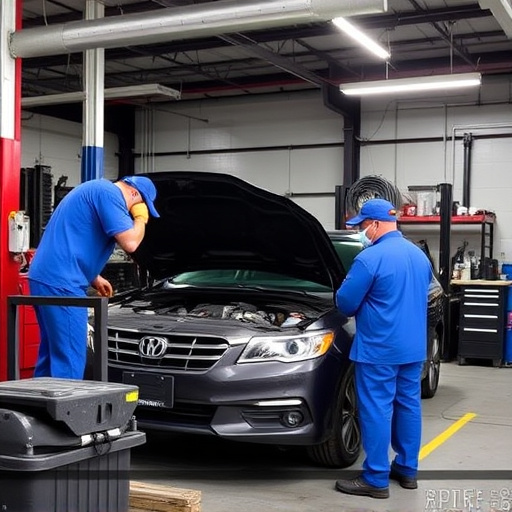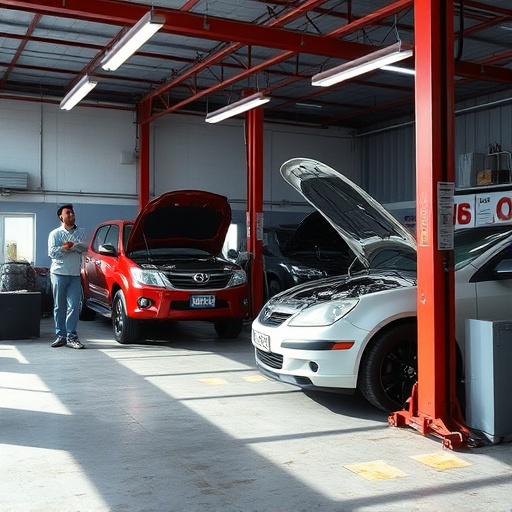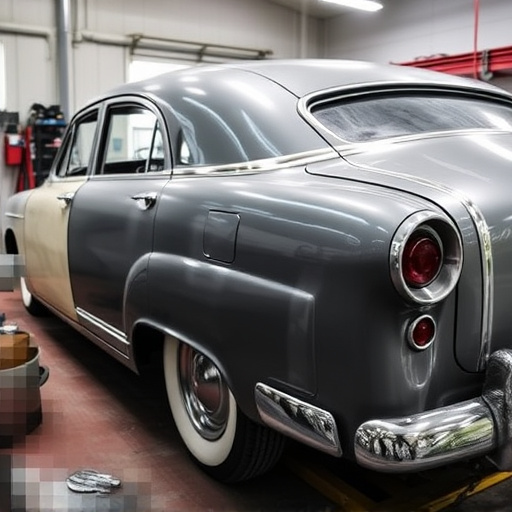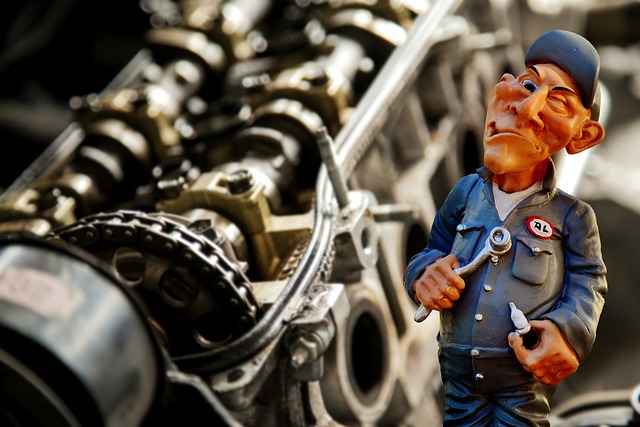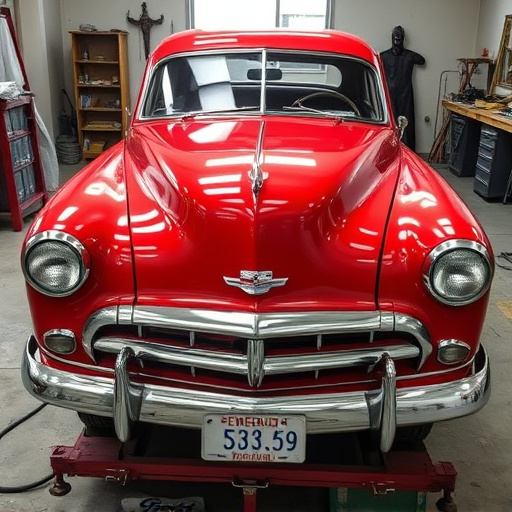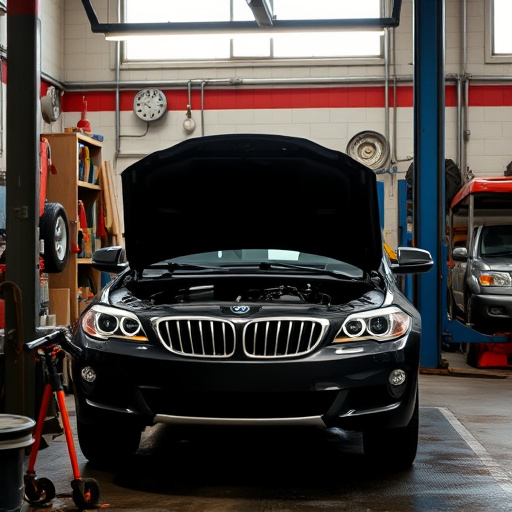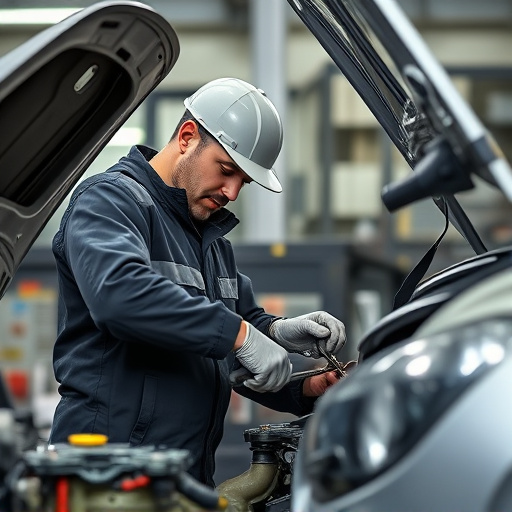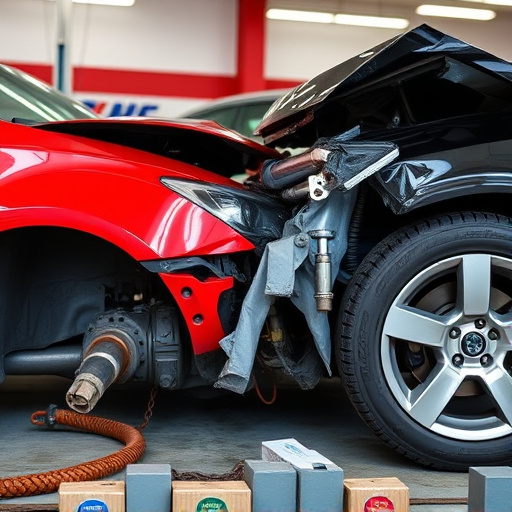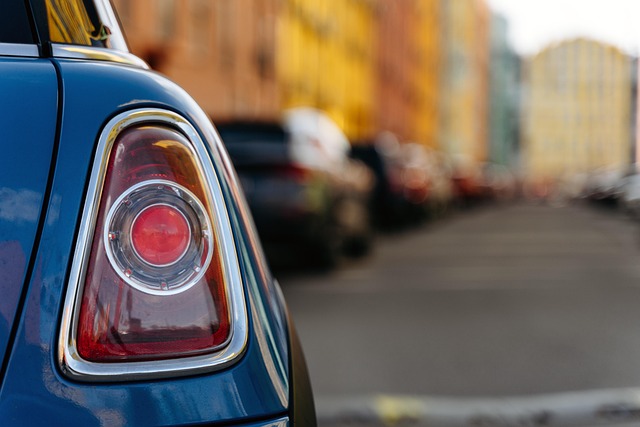Modern vehicles, whether framed or unibody, pose unique challenges for structural repair due to their advanced designs and safety systems. Framed vehicles offer easier access but require panel alignment and frame integrity maintenance, while unibody designs demand meticulous detail to avoid compromising safety and handling. Advanced technology, tools, and training empower professionals to achieve superior structural repair precision, ensuring modern vehicle longevity and safety standards.
In today’s automotive landscape, modern frame and unibody vehicles demand precise structural repair techniques to maintain safety and performance. This article delves into the intricacies of structural repair precision, exploring the unique challenges posed by contemporary car designs. We examine how advancements in technology and materials have revolutionized repair methods, ensuring longevity and integrity for these complex structures. From understanding fundamental design principles to embracing cutting-edge techniques, this guide offers insights into achieving optimal structural repair precision.
- Understanding Modern Frame and Unibody Designs
- Challenges in Structural Repair Precision
- Advanced Techniques for Accurate Repairs
Understanding Modern Frame and Unibody Designs
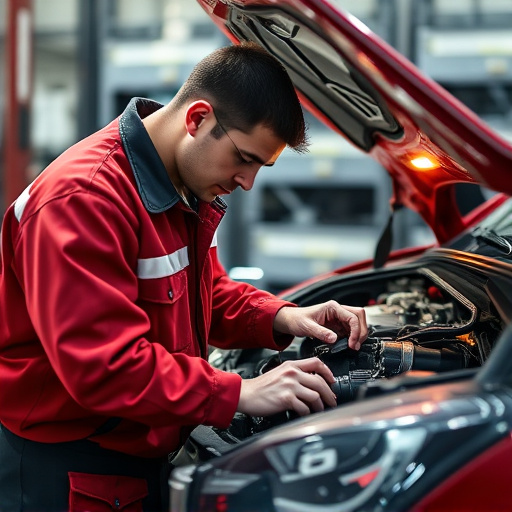
Modern vehicles, whether they are framed or unibody constructs, present unique challenges and opportunities for structural repair precision. Framed designs, characterized by separate body panels mounted on a robust frame, have long been the standard in automotive manufacturing. This traditional approach allows for easier access during auto body repairs, as mechanics can focus on specific components without extensive disassembly. On the other hand, unibody structures, prevalent in many modern cars, integrate the frame and body into a single unit, offering enhanced structural integrity but complicating repair processes.
Understanding these distinct design philosophies is crucial when considering structural repair precision. For framed vehicles, precision involves aligning and replacing damaged panels while maintaining the overall structural integrity of the frame. In contrast, unibody designs demand meticulous attention to detail during auto body repairs, as any misalignment can impact the vehicle’s safety and handling. With advancements in technology, specialized tools, and training in automotive collision repair, professionals are now equipped to perform precise auto body repairs for both modern frame and unibody vehicles, ensuring optimal performance and longevity on today’s roads.
Challenges in Structural Repair Precision

In modern automotive manufacturing, achieving structural repair precision is an art and a science. As vehicles evolve with advanced materials and designs, such as unibody construction, the complexity of repairs also increases. One of the primary challenges in structural repair precision lies in preserving the original integrity and aesthetics of the vehicle. Every panel, frame component, and body part has specific dimensions and contours, requiring highly skilled technicians to execute repairs accurately without compromising structural integrity.
Moreover, the presence of intricate safety systems, such as crumple zones and advanced airbag mechanisms, adds another layer of complexity. Repairs near these critical areas demand meticulous care and specialized knowledge to ensure the vehicle’s safety standards are met. Auto collision centers and vehicle body shops must stay abreast of evolving repair techniques, invest in advanced tools, and foster a culture of continuous training to overcome these challenges, providing top-notch structural repair precision for modern frame and unibody vehicles.
Advanced Techniques for Accurate Repairs

Modern vehicles, with their sophisticated unibody construction, demand a high level of precision during structural repairs to maintain safety and performance standards. Advanced techniques like laser mapping and 3D imaging are revolutionizing this process, enabling technicians to accurately measure and analyze damaged components. These technologies provide detailed data, allowing for precise adjustments and replacements, ensuring the vehicle’s structural integrity is fully restored.
Furthermore, specialized tools and trained professionals cater specifically to dent repair and hail damage repair scenarios, which can be particularly challenging due to their intricate designs. With meticulous care and innovative methods, these issues can be resolved effectively, leaving no trace of previous damage, such as unsightly vehicle dents. This level of expertise ensures that modern frame and unibody vehicles receive the expert care they require for optimal performance and longevity.
Modern vehicles, with their advanced frame and unibody designs, demand precise structural repair techniques. By understanding these intricate structures and embracing innovative repair methods, we can ensure the safety and longevity of modern cars. Through a combination of specialized knowledge and cutting-edge technology, achieving optimal structural repair precision becomes feasible, setting new standards for automotive maintenance and repair industries.
